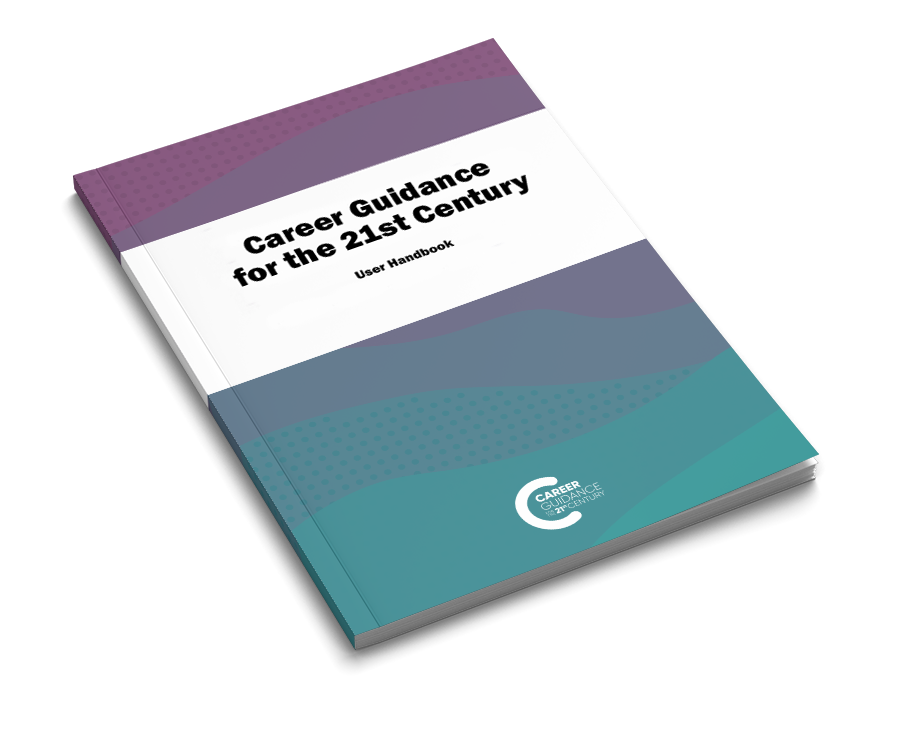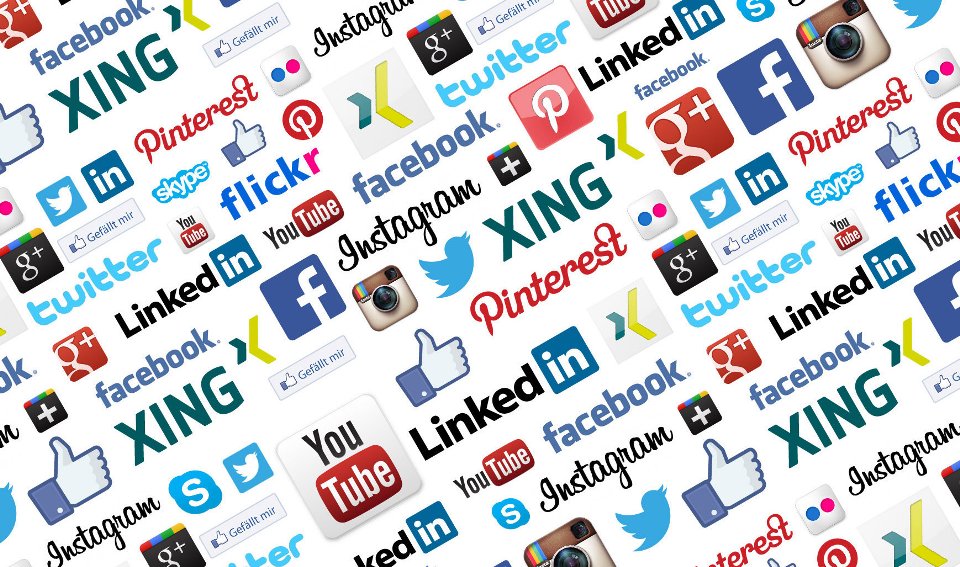Algorithms are running some of the coolest social media technologies on the web right now.
Algorithm is a fancy word for a set of rules to solve a problem. It is a math equation.
Everything from what products Amazon.com thinks you will like to the AdAge 150 blog rankings are determined by an algorithm. These formulas pull in constantly changing data points from around the web, weight the information, and give you a filtered result.
Why should we care?
To start, these processes save us time, save us headache, and produce efficiency.
The goal of most algorithms is to filter higher quality information from a broader pool of information. So instead of searching the entire internet for the top 10 blogs about basketball, Technorati tries to use math to give you this list of top blogs to comb through, in a fraction of the time it would take you to find all of them on your own and sort for quality.
Understanding these algorithms is the key to making marketing perform better in the ecosystems these formulas controls. This is the entire industry of SEO (Search Engine Optimization). Search professionals help content rank higher on Google by understanding the algorithm that controls those search results.
How this math assesses your business online, for better or worse, can shift whether or not people will see your content or find your products.
Let’s examine 5 algorithms that are driving the social web and how they relate to business.
1. HUNCH

What is it?
Just as Facebook wants to own your social circle or ‘social graph,’ Hunch is determined to map everyone’s ‘taste graph.’ They define this as “connecting every person on the web with their affinity for anything, from books to electronic gadgets to fashion or vacation spot.”
How does it work?
You go to Hunch.com, answer some multiple choice questions, 20 or more gives them enough data, and Hunch predicts your individual tastes. They compare your answers to everyone else who has answered the same questions. From their growing database of questions and answers and taste graphs, they can make very accurate guesses as to what kind of car or cereal or computer you will like.
Why does it matter?
Predicting consumer preferences is invaluable. Think about using Hunch data to better target ads.
Their first goal is to be a recommendation engine for 3rd parties, “smart, taste-driven, highly-customized recommendations.” Think Amazon or Best Buy or Walmart. If they know 99.8% of people like you really love a certain product, their efforts become much more efficient at making that next sale.
My personal experience with Hunch went from unimpressed when they launched to blown away the last few times I have tested the site. The one benefit that Hunch has is the more people they interact with the better their data becomes. The current Hunch.com rarely suggests something that is off the mark for me.
2. TWITTER PROMOTED TWEETS

What is it?
Promoted tweets are existing Twitter messages that businesses can pay Twitter to “promote” to a larger audience for a longer time period than they would reach normally.
How does it work?
For now, promoted tweets are available only in Twitter search. When a user searches for a certain term, the example above is coffee, a brand can sponsor that search term and identify a tweet they want to stick to the top of that search. Twitter takes into account how users interact with promoted tweets, weighing whether or not the message is worthy of staying promoted according to Twitter users as a whole. Retweets, @ replies, and clicks on links in these Twitter messages are all considered positive contributors to their quality rating.
Why does it matter?
Promoted tweets offer brands exposure to a larger audience on Twitter and an opportunity to learn what Twitter users respond well to. Twitter uses this quality rating to ensure these advertisements cause as little disruption as possible to their platform.
Right now Twitter is linear, each message listed in order by time, but just as these ads stay or go based on whether the community reacts well to them, we may soon see a Twitter stream that we can sort by quality or activity. Twitter search results already weight and display messages this way. This focus on quality means your message may be seen more or less, depending on how likely it is to cause reactions from your audience.
3. YOUR KLOUT NUMBER

What is it?
Klout calculates a main score (1-100) for people online based on their influence, their ability to move others to react to their social media activity.
How does it work?
Klout measures over 30 different data points on Twitter and Facebook. They take into account things like retweets, comments, likes, and replies. The more people react to your activity on a consistent basis, the higher your influence score according to Klout.
Why does it matter?
Can Klout measure influence? That is a conversation all it’s own.
But brands ARE using Klout to help them reach out to passionate and active social media users in their audience.
And Klout is gathering massive amounts of data on social media users that can be very useful to marketers. It might not tell me whether or not you can help me sell widgets, but it can tell me whether or not you can engage your audience and get reactions on specific topics relevant to my widgets.
Remember how we talked about algorithms helping you filter? If you have the luxury for being able to interact with every customer or stake holder you are targeting, one-on-one, so be it. The vast majority of companies do not. Data like that is calculated by services like Klout can help companies make sense of a dense cloud of internet users and focus on what is most important to them.
4. FACEBOOK EDGERANK

What is it?
EdgeRank is Facebook’s formula for determining what items show up in the default Facebook news feed. Every profile’s news feed is a stream of images, videos, text, links, and events coming from your friends, groups, causes and the pages you like. Facebook weights what shows up in your news feed according to your past activity, attempting to push up the most relevant activity.
How does it work?
Facebook attaches an number, or EdgeRank, to every potential news feed object based on three things: Affinity, Weight, and Recency. Affinity is created by the interaction between you, your friends, and the object’s creator. Every time you, or your friends, like or comment on something, visit a page, or post to a page it affects how often status updates from that source will display for you.
Each activity is weighted differently, for instance commenting is more significant than liking. And how often or recent you interact affects the score. Each Edgerank has a half-life.
Why does it matter?
Facebook status updates last up to 48 hours in the news feed. Most less than 24 hours. According to BrandGlue, 1 in 500 updates actually make it to a user’s news feed.
That is a tough filter to try to push content through. But the higher your EdgeRank score gets for a given user the easier that information flows. Understanding this system is the key to engaging audiences on Facebook. Just as we optimize websites for search engines, there is now news feed optimization for Facebook.
5. GMAIL PRIORITY INBOX

What is it?
Priority Inbox splits your inbox into three sections: Important and unread, Starred and Everything else.
How does it work?
The algorithm takes into account who you normally reply to, whose emails you open, who is saved in your contacts, who you chat with, and your manual feedback on which emails should be prioritized and which should be relegated. The feature attempts to learn from your actions and feedback to give you a more efficient email experience, allowing you to review the most relevant emails first and more quickly.
Why does it matter?
It potentially saves you time, but the real focus here should be on how the Priority Inbox emphasizes your relationships and patterns. How you interact with your address book AND email marketing of all types can be affected significantly.
This is a sign of the times. Relationships will continued to be emphasized in marketing, between business and consumer. The more your interactions look like real relationships, the more successful your communication.
That last point gets very interesting. Will Priority Inbox filters kill the one to many email newsletter? I don’t think anytime soon, but the potential is there. At a minimum, it gives the consumer even more choice when deciding how important your marketing message is. Maybe the newsletter of the future will come from an individual more often than it will a business. Maybe it will come from multiple individuals.
Filters like these, and more, are allowing internet consumers to tighten the net on what they consume. Whether your prize fish swims through or not is more and more in the consumer’s control. Additionally, quality is becoming a larger king than ever before. Quality and relevance is what these algorithms are weighting, forcing marketers to focus on the same.
Source * www.socialfresh.com






























